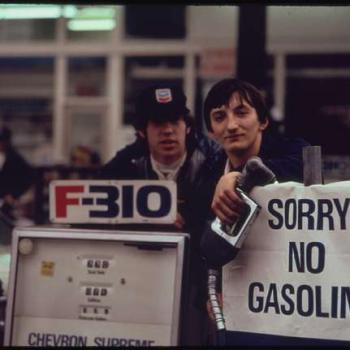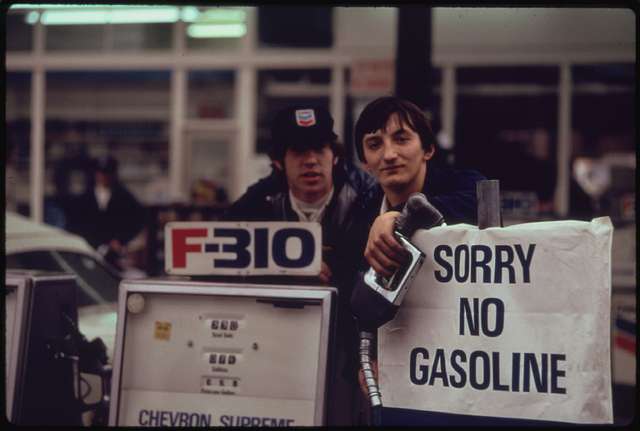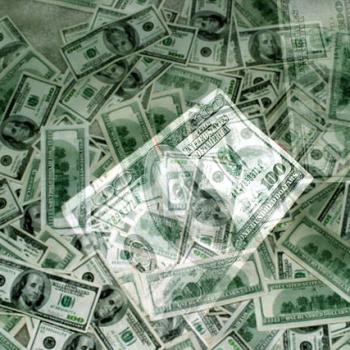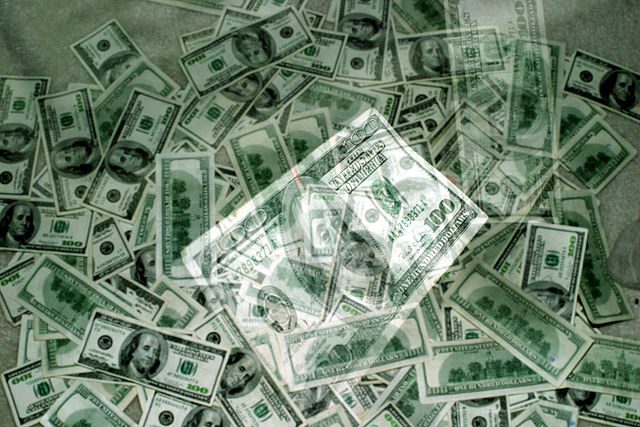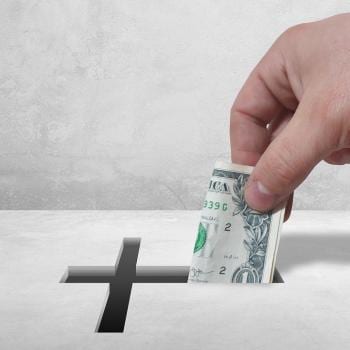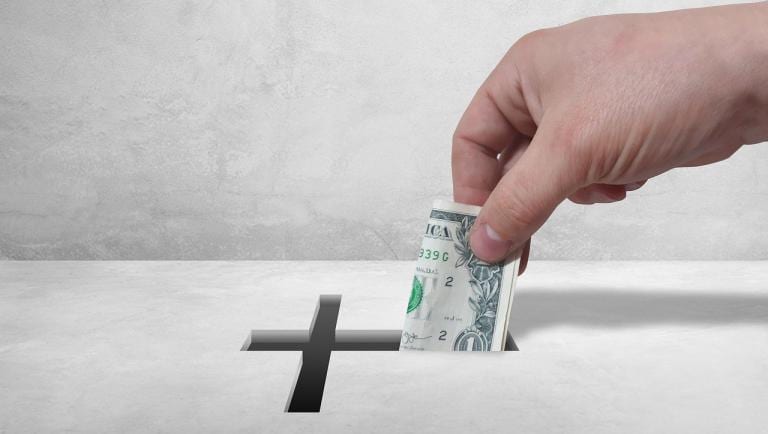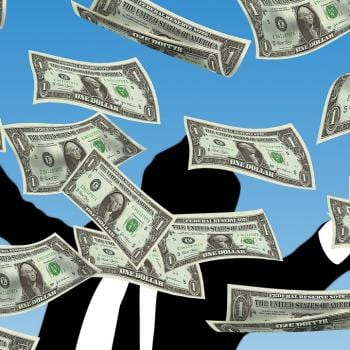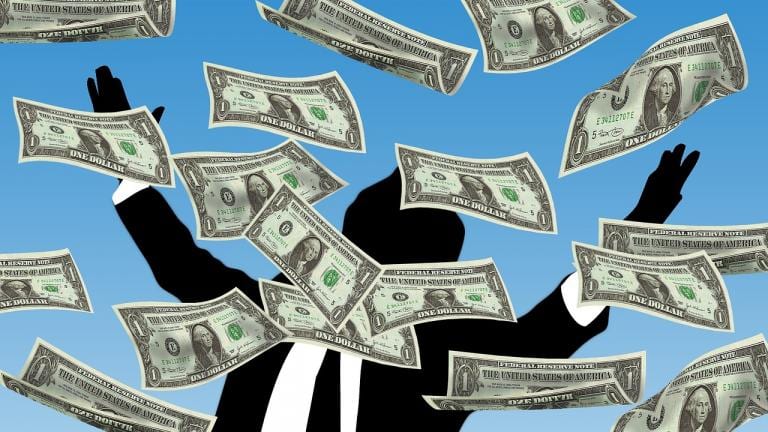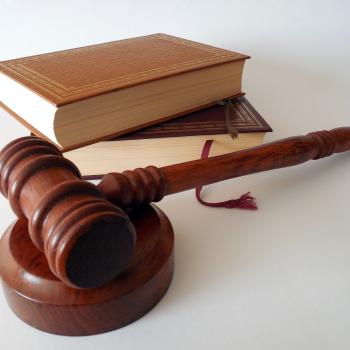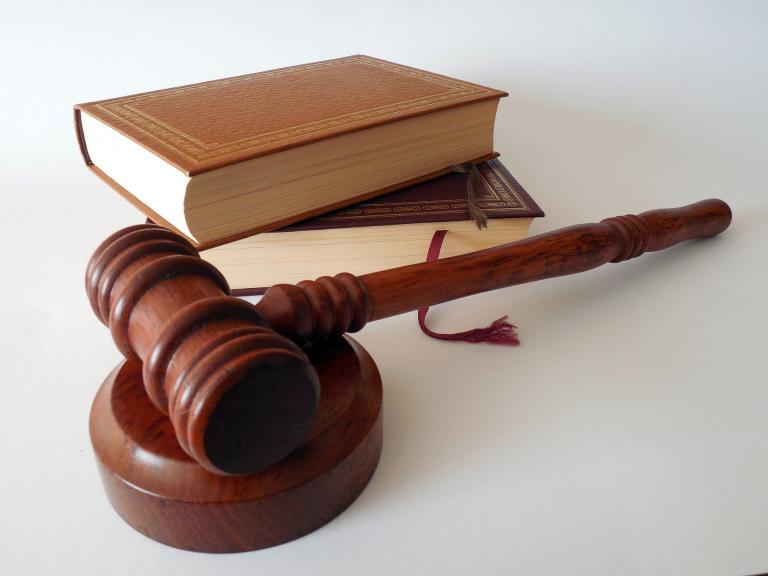In an effort to stop the coronavirus epidemic, the government pushed “pause” on much of the American economy, then put up $2.2 trillion to sustain American workers and businesses until it can hit “play” again. But what will this mean?
The law is breathtaking in its scope and largesse. We will all, pretty much, be getting $1,200 cash, with $500 for each child. There is money for everyone–big businesses, small businesses, workers, the unemployed–in an effort to bail out everybody. Here is a good survey, with information about how to access each program.
The government, for example, is promising to cover the payroll for businesses hurt by the epidemic so that they do not have to lay off workers, even though they can no longer work. Small businesses can get a loan from a bank to cover 2.5 times the total payroll and the loan does not have to be payed back. (We’ll discuss this program, for which churches are also eligible, tomorrow.)
The federal government will also subsidize what the states pay for unemployment benefits, typically half the person’s salary, plus add on $600 per week. Some lawmakers thought that must have been a drafting error, since it would mean that many people would be making more on unemployment than they would working. But that’s not a bug but a feature: This would give the unemployed an incentive to stay at home, out of the workforce, which is what we need in a quarantine.
I am not disputing whether or not this bailout is necessary, though feel free to debate that issue in the comments. If the government forbids businesses from operating and prevents employees from going to work, it seems just for the government to make up for the financial loss that it imposed.
What I’m trying to get my mind around are the implications of a government intervention into the economy on this scale.
The entire federal budget, as proposed by President Trump for the 2021 fiscal year–not including any of these expenses, of course, is $4.829 trillion, with the expectation of $3.863 trillion in revenue. That means a deficit for that year of about $1 trillion. The national debt is some $25.3 trillion. The entire Gross Domestic Product for the United States in 2019 was $21.73 trillion.
So perhaps $2 trillion, even though it adds half again as much to the federal budget and increases the yearly deficit threefold, is chicken feed, less than a 10% addition to the national debt. Still, it makes sense to ask, how are we going to pay for all of this?
And what are the political and ideological implications of this bailout? Every single Republican, conservative, libertarian, fiscal hawk in the Senate voted “aye” for this bill. Have they abandoned their small-government, fiscally-prudent principles?
The Left is exhilarated by this kind of spending. I saw multiple headlines on the theme “The Era of Small Government Is Over.” And crowing over the prospect that fiscal conservatism is dead. Never mind that we have not had “small government” for a long time, and that purposefully inducing a coma in the economy and trying to keep it on life support until it can be revived (I came across that metaphor somewhere) is not the same as ongoing government control. But the bailout mindset, which exists in both parties, may shape what people think is possible and have political consequences.
The Democratic Socialist Democrat Rep. Alexandria Ocasio-Cortez, D-N.Y. commented that Republicans have always put the kibosh on proposals such as Medicare for All and the Green New Deal by asking, “how are you going to pay for it?” But now, after the CARE Act passed, she said, that question is off the table. “It’s a fascinating progressive moment because what it’s shown is that all of these issues have never been about ‘how are you going to pay for it?,” but “about a lack of political will and who you deemed worthy to be in an emergency or not.”
Bernie Sanders says that his Medicare for All plan would cost between $3 and $4 trillion per year. The Green New Deal is estimated to cost between $5.2 and $9.3 trillion per year. These would dwarf the piddling $2 trillion for the bailout, which is designed to just last for a few months.
This all seems to be an exercise in Modern Monetary Theory, the notion that governments can create money by fiat. Thus, deficits don’t matter. If that theory is true, why shouldn’t the government implement whatever policies it wants, regardless of the cost? Then again, we might wonder, if that theory is true, why does the government need to tax us? But if everything works out nicely with the bailout, we might be facing a new era of not only big government but mega-government, confident that it can control the whole economy and operate without constraints.
If that theory proves not to be true, but free market economic theory is valid after all, we can expect big problems. Even in the short term, if lots of money is put into the pockets of Americans during the coronavirus, what good will that do, if production is dropping due to all of the closures? What will there be for Americans to buy with all of their money? And if the supply goes down, but demand is strong, won’t that drive up prices, causing inflation? And if price gouging laws that go into effect during states of emergency prevent higher prices, won’t the low supply and strong demand mean shortages of goods?
We’ll have to see what happens.
Am I too worried? I would gladly be wrong. Are there other possible scenarios that I am missing?
Maybe the bailout will function as advertised and after the epidemic fades away the private-sector economy will return to its previous growth and dynamism, whose higher revenues will generate more tax-revenue to cover the deficits.
Let’s hope the viral epidemic will not be followed by a government epidemic.
TOMORROW: What the CARES Act means for the Church.
Image by geralt, public domain, via Needpix.com



